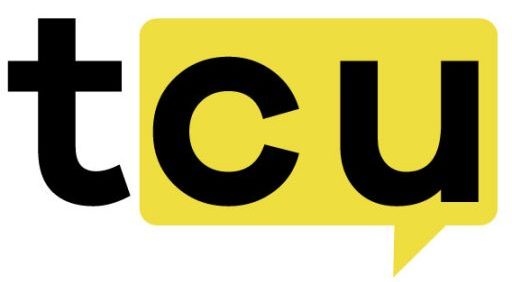Institutional Adoption Drives Bitcoin Growth
Marion Laboure, a Deutsche Bank strategist, recently described Bitcoin as “extremely impressive” in her analysis of the cryptocurrency’s performance since late 2023. She pointed to several factors behind Bitcoin’s significant growth during this period. The approval of Bitcoin ETFs appears to have triggered one of the largest capital inflow cycles in recent financial history, with ETF inflows reportedly exceeding $20 billion by 2025.
Another key factor was the 2024 Bitcoin halving event, which reduced the supply of new Bitcoin entering the market. This scarcity mechanism seems to have supported demand, though Laboure was careful to note that correlation doesn’t necessarily mean causation in these matters.
Laboure also mentioned what some are calling the “Trump effect” – regulatory changes under the current U.S. administration that have created a more favorable environment for cryptocurrency investments. These pro-crypto policies have apparently opened the door for institutional participation and given the market greater legitimacy.
Bitcoin’s Evolution Toward Digital Gold
According to the Deutsche Bank analysis, institutional adoption continues to be a primary driver of Bitcoin’s growth. Companies like MicroStrategy, corporate treasuries, and hedge funds are increasing their exposure to Bitcoin. Even central banks are reportedly considering Bitcoin as part of their reserve diversification strategies.
This pattern of usage has led Laboure to compare Bitcoin to gold, though she stopped short of declaring it a perfect substitute. She observed that Bitcoin is behaving more like “digital gold” than in previous years, showing less volatility and functioning as a potential hedge against currency devaluation.
But here’s where it gets interesting – while the comparison to gold seems valid on the surface, the underlying mechanisms are quite different. Gold has physical scarcity backing its value, while Bitcoin relies on network trust and cryptographic security. This distinction might matter more than people realize.
Cautious Optimism Amid Speculative Concerns
Despite her positive assessment, Laboure maintained a cautious stance about Bitcoin’s speculative nature. She emphasized that Bitcoin lacks inherent value and remains highly volatile compared to traditional assets. Deutsche Bank’s models apparently don’t forecast Bitcoin reaching the million-dollar price points some enthusiasts predict.
This balanced perspective reflects Deutsche Bank’s broader approach to digital assets – optimistic about blockchain technology’s potential but skeptical about unsupported cryptocurrency valuations. The bank seems to recognize Bitcoin’s growing importance while acknowledging the risks that come with such a young asset class.
The Gold Comparison Deepens
In 2025, Bitcoin and gold have continued to move in similar patterns according to the analysis. Both assets have benefited from central bank diversification efforts amid inflation concerns and geopolitical uncertainty. Yet the fundamental differences remain significant.
Laboure suggested that while Bitcoin mimics gold’s hedging behavior, gold maintains an advantage in long-term stability due to its physical properties and centuries of established value. However, she acknowledged that Bitcoin’s digital portability could make it strategically important for modern investors who value accessibility and transferability.
It’s worth considering whether we’re witnessing the early stages of Bitcoin maturing into a legitimate asset class or if this is just another phase in its volatile history. The institutional interest seems genuine, but whether that translates to lasting stability remains to be seen. Perhaps the most telling development will be how Bitcoin performs during the next major market downturn, when its hedging properties would face their real test.
![]()


